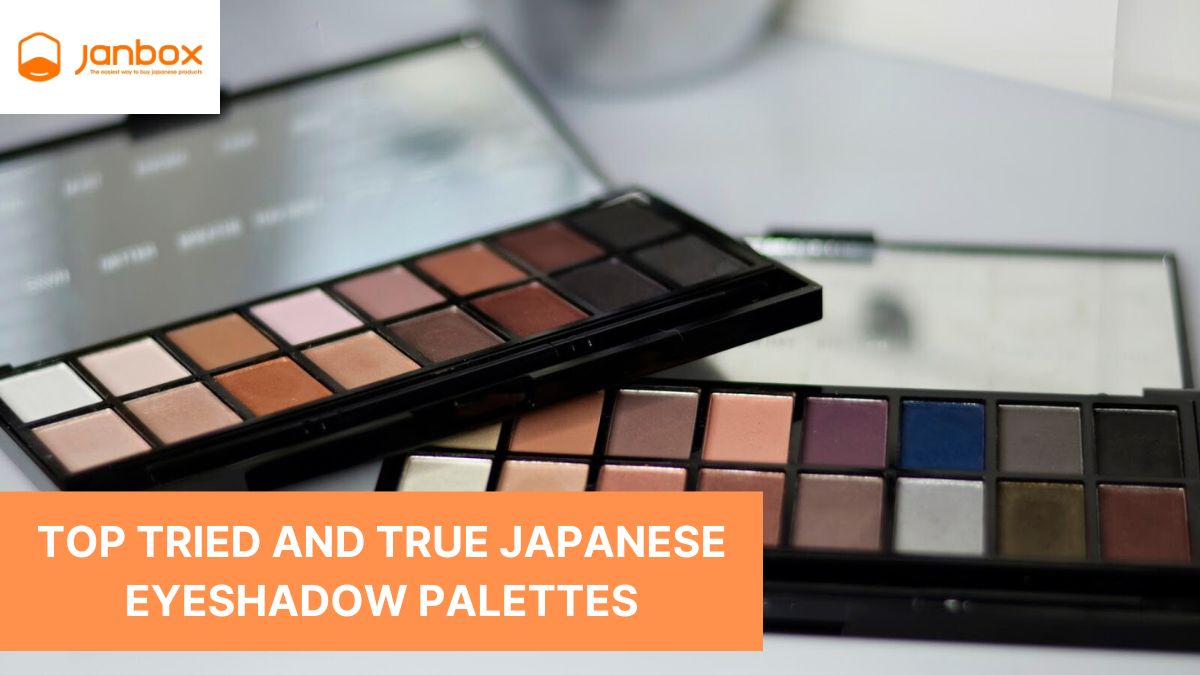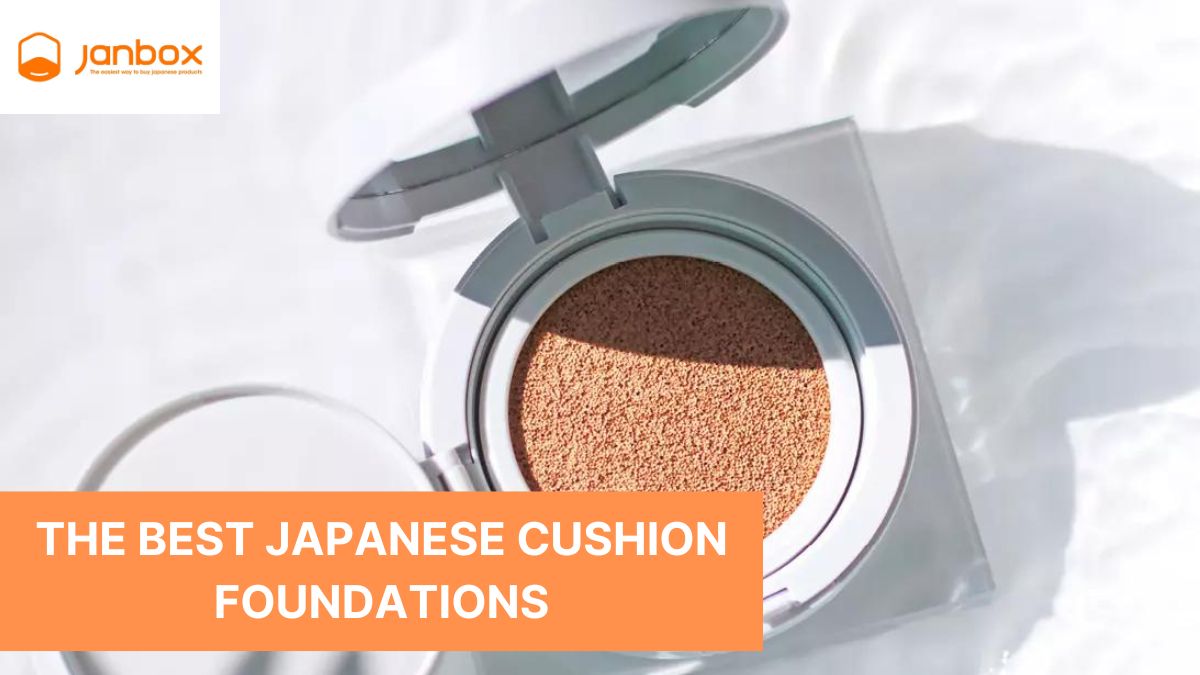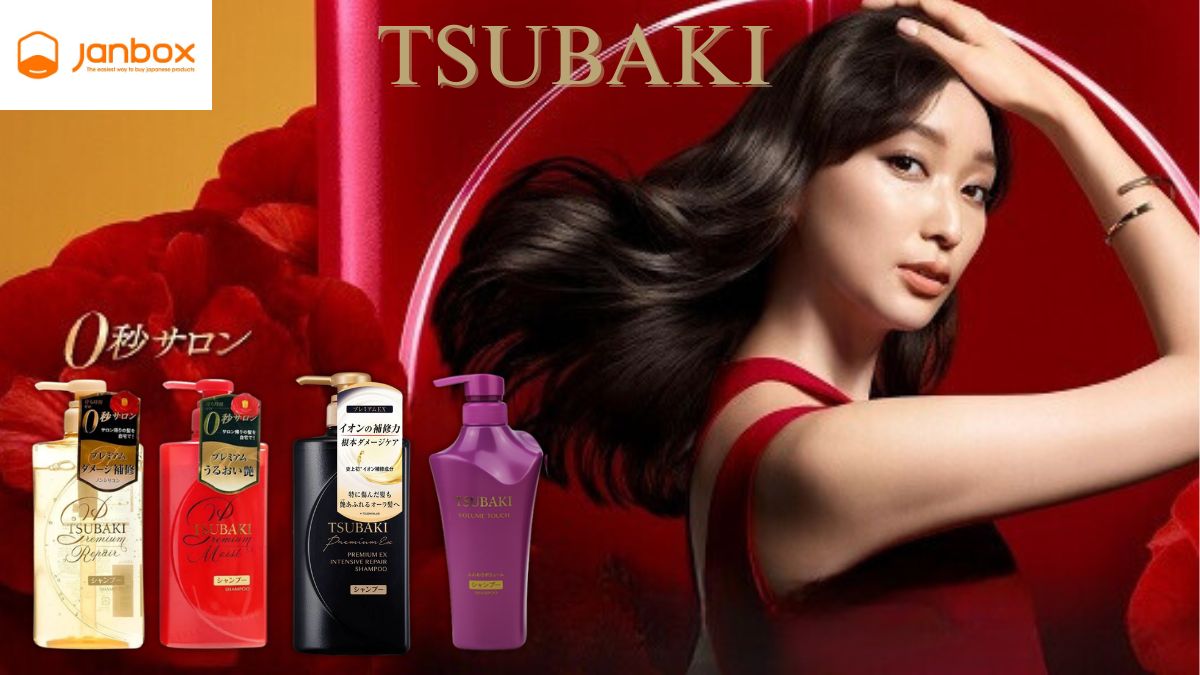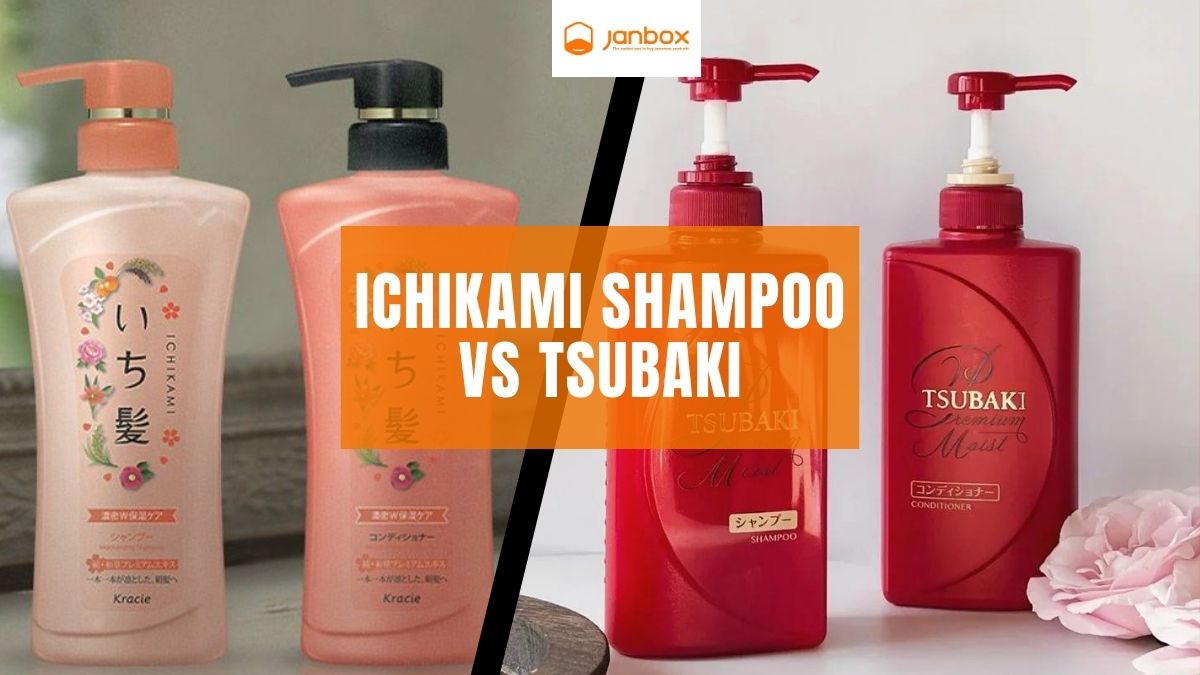Recently there has been a reform movement in Izakayas (Japanese pubs and restaurants) all around the country, Maekake Japanese apron is not only popular within the original country but also in the global world. But what exactly is it that has everyone humming a tune about it? Let’s find out right now.
I. What is Maekake Japanese apron?

The Maekake, a traditional Japanese apron, has been part of Japanese culture at least since the Edo era. The word “Maekake” refers to the traditional Japanese waist apron. The long, wide belt and sturdy cotton canvas construction set this item apart.
Although the maekake apron’s design is simplistic (it’s made of a rectangular piece of indigo blue cotton canvas with long straps that tie around the waist), it serves a practical purpose. Due to their longevity, workers in local factories and breweries around the country traditionally wore these thick cotton aprons, which were often black and dyed with indigo. On top of that, the Maekake is frequently worn as a pad for the shoulders.

Strong and long-lasting, these maekake aprons are woven from thick threads, which was developed during the Meiji and Taisho periods (about 150 years ago). These maekake aprons are the product of a meticulous manufacturing technique that is unique to Japan and is carried out entirely within the country.
II. History of Maekake Japanese apron

Maekake aprons are thought to have originated in the 15th century. In the past, fishermen would repurpose sailcloth by cutting it into aprons. That’s why the proper term for this article of clothing is “ho-maekake,” which translates to “sailcloth apron.”
Workers in the rice industry, the brewing of sake and soy sauce, and the production of miso paste, among others, would often advertise their businesses by donning maekake emblazoned with the company’s insignia. Employees wore maekake as a badge of honor, while clients were given them as one-of-a-kind tokens of appreciation.
After WWII, maekake consumption skyrocketed. Production of maekake increased dramatically as Japan’s postwar economy grew, and aprons featuring store or company names became commonplace in the sake brewing and food processing industries. At the turn of the 20th century, automated shuttle looms facilitated a surge in maekake production. But after the war, when cheaper cotton and synthetic fibers were supplied to Japan, the country abandoned its domestically produced canvas.
III. What’s the special features of Maekake Japanese apron?
There are 2 main types of aprons: the bib apron and the waist apron. The former are the ones you’re probably more used to seeing since they’re the typical sort of clothing that covers the chest and lower body all the way to the knees. They are slouchy, with straps that can be adjusted to tie around the neck and waist or bridge the back in an X and fasten in the back.

Waist aprons, on the other hand, aren’t just there to keep your clothes safe; they also put focus on convenience. Pockets on the front and back of the apron provide convenient storage for pens, order pads, and other necessities. While maekake are technically waist aprons, they are distinguished from other utility aprons by their unique style and practicality. Because they help keep the pelvis in the correct position, which reduces strain on the lower back, they have been used by tradespeople and craftspeople for millennia.
A maekake can help you stand and bend with your hips in proper alignment, which is especially helpful if you’re on your feet for long periods of time, or if you do heavy or repetitive lifting. Further, the thick woven canvas provides natural resistance to fire and flames and shields the wearer from physical harm.

Canvas cloth in a maekake keeps the apron tight to the body without limiting motion, making it more functional than other aprons that tend to be loose-fitting. This is significant because it helps reduce potential harm caused by occupational garment dangers.
IV. How to Use Maekake Japanese apron?
A new generation of experts and amateurs have given this traditional garment a modern twist, expanding the market for maekake in the 21st century. Maekake can be seen on the heads of cooks, florists, greengrocers, bartenders, and even campers in Japan and elsewhere. Cooking, gardening, auto repairs, do-it-yourself projects, and camping all call for maekake’s use as a protective garment.
You can take advantage of your maekake’s structural integrity by employing it as a makeshift pouch for transporting heavy items like firewood, bags of potting soil, and other such items. You can also keep your clothes fur-free by donning a maekake on walks and during grooming sessions. Indoors, use your maekake as a utility belt and shield your clothing from greasy fingers by wearing it.

Instead of storing your maekake away in a drawer, you may use it as a wall tapestry to bring a touch of quiet Japanese style into your home when it’s not in use. Don’t be afraid to utilize your imagination while imagining the many ways in which you can put to good use the maekake you’ve made.
A maekake apron is most effective when worn as snugly as possible without causing discomfort. The maekake should first be situated on the upper pelvic bone. Inhale deeply and exhale gradually. Take the belts behind your head and bring them in front of you. Make sure the straps are parallel and as tight as possible without being painful. You ought to feel encouraged, not stifled.

Using a standard shoelace knot, fasten the belts around the front of the waist. To make sure your maekake stays tied and doesn’t fall off while you’re working, give the apron a quick tug to check the knot.
V. Where to Buy Authentic Maekake Japanese apron?

For authentic maekake Japanese aprons, it is best to stick with traditional ways as it requires someone really knows the production process instead of ordinary sellers. For example some of the lists of the top locations to buy maekake aprons including Wafuu-honpo, Koji-sake, Milk Street,…
However, buying a Maekake Japanese apron can also be done online, which is becoming increasingly common nowadays. Some of the well-known e-commerce sites such as Amazon Japan, Yahoo! Japan, Etsy,… all sell maekake. Although it is not credible as compared to local stores, these sites are good alternatives, make sure that you check the seller’s reputation before buying.
Conclusion
In this article, we’ve covered everything you need to know about maekake Japanese apron. Customers who order Japanese products face a wide range of difficulties, from the difficulty of finding the right item, to language and currency issues, to the frustration of having to wait for the package to arrive.
The goal of Janbox is to make it easier for customers to buy products from Japan. With our intelligent proxy service, we’ll help you to reduce anxiety, worry, and shorten the time it takes to purchase a given product! With just a few simple steps, you can order high-quality items from Japan and have them delivered to your home quickly and safely.
Read more:
- Website: https://janbox.com
- Email: [email protected]
- Facebook: https://www.facebook.com/janbox.com.en








